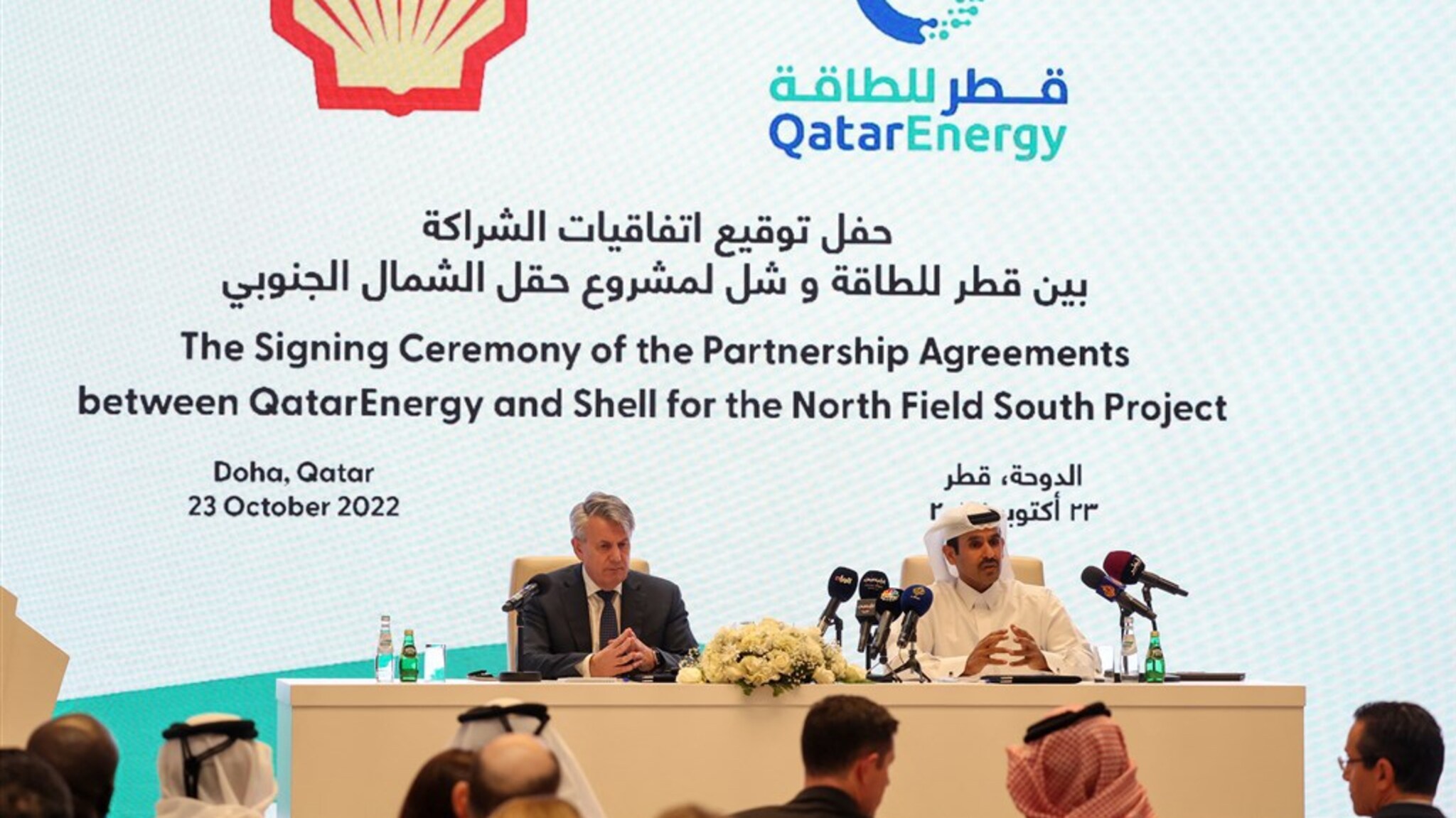The energy war that has raged since the Russian invasion of Ukraine has resulted in historically high gas prices in the spot market throughout the year, where daily pricing and smooth delivery are key.
The Ukraine war is also leading to major shifts in global energy trade. Remarkable is the sharply growing demand for liquefied natural gas, which is not transported by pipelines like Russian, but by tankers around the world.
The largest gas field in the world
One of the countries that takes full advantage of this is Qatar. The miniature country of less than three million people (about a quarter the size of the Netherlands in terms of area) is one of three LNG superpowers, along with Australia and the United States.
In the early seventies, off the coast of Qatar By far the largest Natural gas field in the world, South Pars gas field. And although Qatar shares this gas field with neighboring Iran, the discovery has provided almost inexhaustible income since production began in the late 1980s.
Free care and education
In contrast to the nearly two million migrant workers from poorer countries in Asia and Africa, who often have to work in the country’s sweltering heat under appalling conditions, nearly 300,000 Qatari citizens are well cared for.
“The indigenous Qataris have nothing to complain about,” says Arabist Leo Courten, who works as a consultant on the Middle East. “I’ve never met a poor Qatari. They get free healthcare, education, scholarships to study abroad, financial support for young couples who want to buy a house, and no taxes.”
There is something in return. Residents have little say in the government and are not allowed to criticize the system. Kwarten: “Most Qataris I know are happy to do that.”
Revenue will increase in 2022
According to Qatari state media, gas and oil revenues, also generated by the country, increased by two-thirds in the first half of 2022. more than 30 billion euros. It is a financial windfall for the state treasury of Qatar, which has reportedly spent around $220 billion (€212 billion) on new infrastructure and football stadiums since the World Cup was dedicated to football.
“Gas is very important for Qatar,” says energy analyst Gil van den Bokel of HCSS The Hague think tank. “The rise in the price of gas immediately means a significant increase in income for the country.” However, Qatar has a relatively large number of long-term contracts with countries in Asia, which means it earns a little less per cubic meter of gas than, say, US suppliers, he explains.
But LNG also has disadvantages. Much more than traditional natural gas, it is a capital-intensive process that requires significant investment. These projects are being undertaken by state-owned QatarEnergy (formerly Qatar Petroleum), which is making interesting international progress with projects in Brazil, Canada, Suriname and Namibia, among others.
Domestically, Qatar Energy is fully committed to the North Field South (NFS) project: the next stage in the emirate’s massive LNG expansion programme. Last month, it was announced that Shell has an interest of more than 9 percent in the NFS project, which will increase Qatar’s LNG production by sixteen million tons per year from 2025. In addition to Shell, France’s TotalEnergies, Italy’s Eni, and American ExxonMobil.
long-term
“Given the energy crisis, you see the desire to invest in new LNG projects is increasing in Europe,” says Hans van Cleef, who tracks the energy market for ABN Amro. “In light of its investments, Qatar would like to enter into long-term contracts with other countries,” he added.
Qatar now exports 25 to 30 percent of its gas to Europe. The rest goes almost entirely to Asian countries. In addition to the main buyer of China, these countries are India, Pakistan, Japan, South Korea, Thailand, Bangladesh and Taiwan. Conversely, Europe (including the UK) depends on Qatar for about 20% of its gas needs.
Whether this increase is in the future depends, according to Van Cleef, on whether countries like the Netherlands dare to commit to LNG for a longer period of time. “The other option is to gamble that prices in the spot market will fall again in the foreseeable future. But with the current market tightness and high demand, you’ll have to wait and see if that makes sense.”







